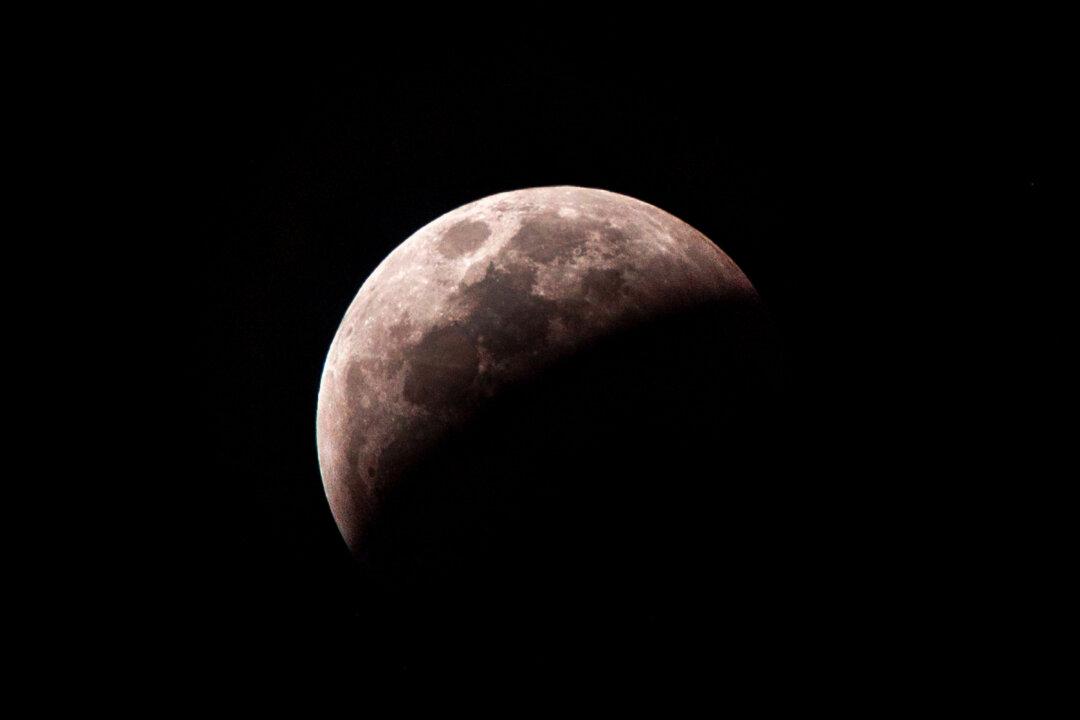The orbit of June 2020’s “Strawberry Full Moon” will be passing through the faint outer shadow of Earth, making what’s known as a penumbral lunar eclipse visible to stargazers across the Eastern hemisphere.
June 5 and 6 play host to the second of four penumbral lunar eclipses this year. Pending clear skies, astronomy enthusiasts across Asia, Australia, Europe, Africa, and parts of southeastern South America will notice a perceptible partial darkening of the Moon; according to Time and Date, the eclipse is set to reach its maximum peak at 7:24 p.m. UTC on June 5.





